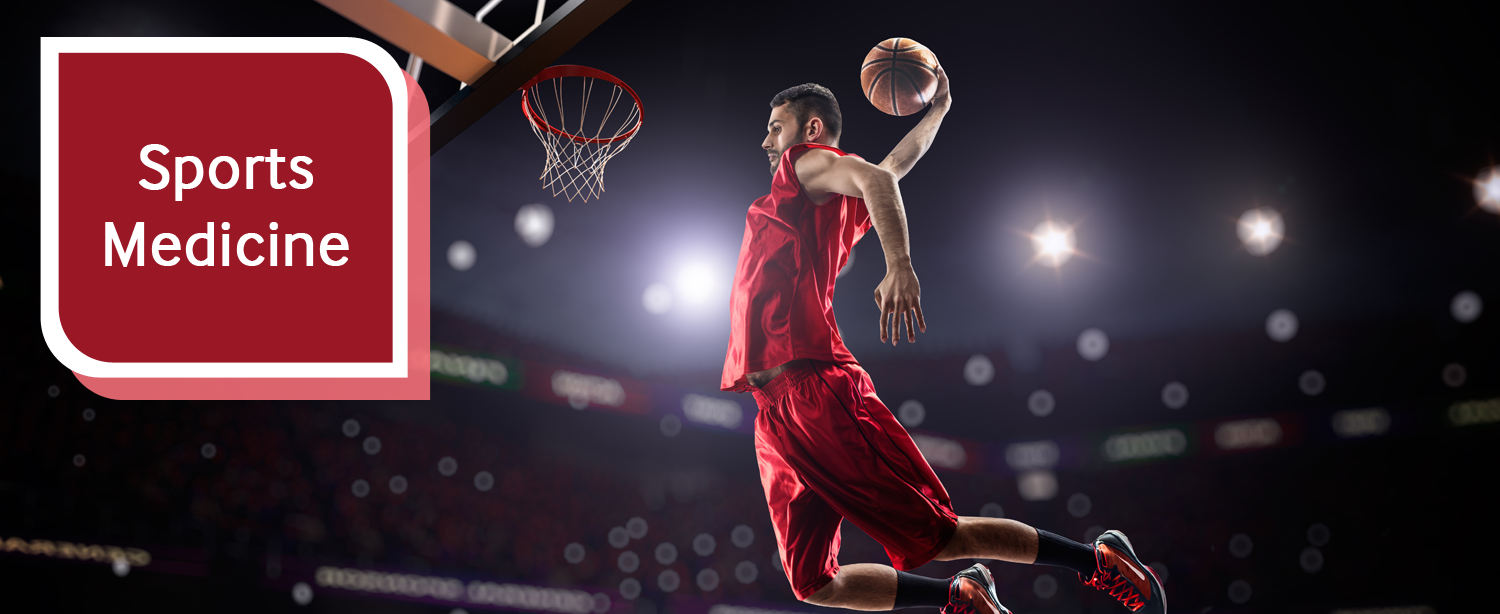What is sports medicine?
Sports medicine, also known as sport and exercise medicine(SEM), is a branch of medicine that deals with physical fitness and the treatment and prevention of injuries related to sports and exercise. It specialises in the scientific assessment, study and understanding of sports performance and injuries.
How does it help?
- Sports medicine professionals treat amateur athletes, who want better results from their exercise program.
- It also treats people with injuries who are trying to regain full function and those with disabilities who are trying to increase their mobility.
- It helps athletes improve their performance, recover from injury and prevent future injuries.
- It treats all patients and not only sports persons.
- Sports medicine doctors are either orthopaedic surgeons or primary care physicians who prescribe treatments for physical injuries.
- Sports medicine specialists work together to focus on all facets of the body and to ensure complete recovery.
- The team comprises of doctors, specialists, physical therapists, athletic trainers and strength coaches.
- Sports medicine doctors often work alongside physical therapists to create rehabilitation plans, or with athletic trainers to develop appropriate exercise regimens.
Sports injuries:
Exercising by playing sports is a great way of keeping fit, but sometimes these benefits to your health are outweighed by negative things, such as an injury. The severity of these injuries can range from minor to very serious, with some injuries requiring surgery. These injuries may be from poor training practices, improper equipment, flawed techniques, or may just be an accident.
5 of the most common sports related injuries are:
1) Strains and Sprains. These are the most common type of sports injury by far, and can occur in almost any type of physical activity. A sprain occurs when a ligament tears or overstretches. These can range from minor to complete tears where the ligament is severed. A sprain is most common in wrists, ankles, or knees.
2) Knee Injuries. Every year over five million people visit orthopaedic surgeons for knee related injuries and problems. Mild knee injuries include iliotibial band syndrome, runner’s knee, or tendonitis. Severe knee injuries can involve damage or bruising to cartilage or ligaments.
3) Shin Splints. A shin splint is when pain along the shin bone (tibia) occurs. This pain is usually at the front outside part of the lower leg, but can also occur in the foot and ankle or where the bone meets the calf muscles at the inner edge of the bone. Shin splints are common with runners and even more-so when the runner runs on hard surfaces. Failing to warm up or stretch, improper running techniques, running in improper shoes, or having “flat feet” all can contribute to shin splints.
4) Fractures. Commonly referred to as a broken bone, fractures are a fairly common sports injury caused by a one-time injury to the bone. Repeated stress on a bone over time (a stress fracture) can also occur. Most are emergencies, and may even need surgery to completely repair. A stress fracture occurs most of the time in the legs or feet from sports that cause repetitive impact.
5) Dislocations. These occur when force pushes the bones in a joint out of alignment. Contact sports such as football or an activity such as excessive stretching or falling can cause dislocations. The dislocated bone may be able to be put back in place, but the connective tissue surrounding the joint may have severe damage. The most common joints that are dislocated due to sports injuries are the fingers and hand, with the shoulder being close behind.
The Sports and Medicine centre at Kokilaben Dhirubhai Ambani Hospital is internationally recognized and fully equipped with advanced surgical and rehabilitation treatment options. Please refer below website for more details:
https://www.kokilabenhospital.com/departments/centresofexcellence/centrefor_sportsmedicine.html


